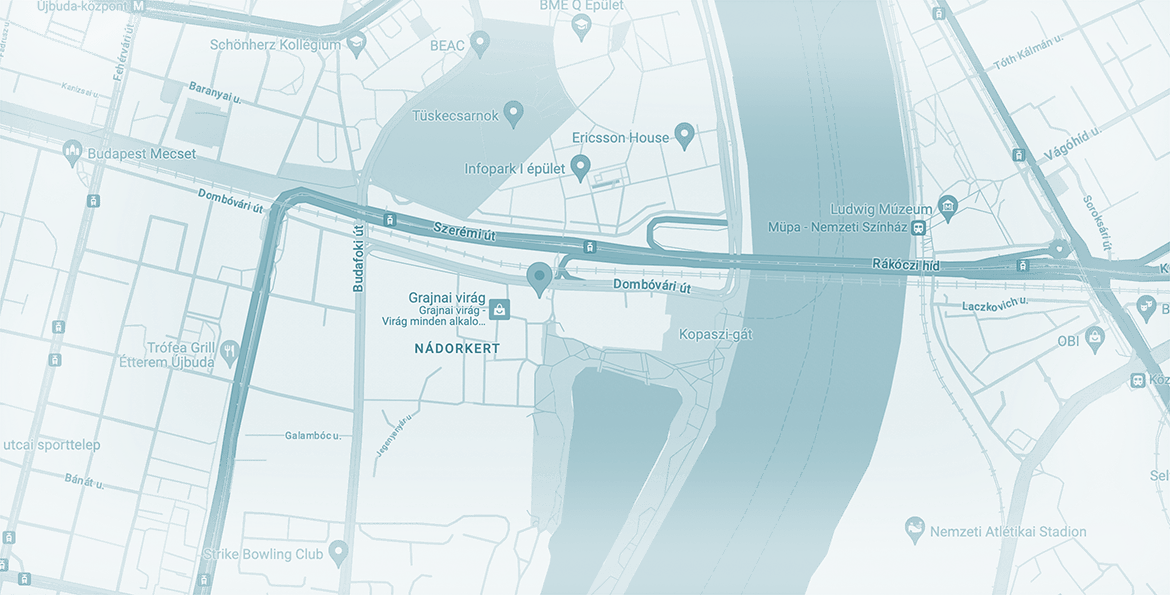
Taxes for affiliated SMEs in Hungary
Do you own, manage or do business with multiple SMEs in Hungary? They may be considered affiliated undertakings, which can affect taxation depending on the circumstances. The regulation seems complex, but Helpers Finance is here to help. In this blog post, we explain all you need to know.
Do you own, manage or do business with multiple SMEs in Hungary? They may be considered affiliated undertakings, which can affect taxation depending on the circumstances. The regulation seems complex, but Helpers Finance is here to help. In this blog post, we explain all you need to know.
What is an affiliated undertaking?
In Hungary, businesses with owners or managing directors in common are considered affiliated. To be more precise, the law dictates that any enterprises that fulfill either of the following requirements are affiliated.
- More than 50% of each company is owned by the same people or close relatives. Spouses, direct ascendants and descendants, adopted children, stepchildren, adoptive parents, stepparents, foster parents and siblings all count as such.
- Their managing directors are the same individuals.
- For individually represented companies, one MD in common is enough.
- For jointly represented companies, all representatives must be the same.
The last condition means that two jointly represented businesses are only considered affiliated if all managing directors are the same. As a result, if you happen to manage such an enterprise with person A and another with person B, they are not affiliated in the eyes of the law. This may seem like a loophole, but it is completely legal. Moreover, this is the only way for someone to be the MD of several companies without them becoming affiliated undertakings.
Next, we look at how the affiliated status affects KIVA and KATA, two popular taxation forms in Hungary.
How affiliation affects KIVA, the tax for SMEs
KIVA is short for Small Business Tax in Hungarian, a hybrid taxation form with an 11% rate that includes corporate tax, social contribution tax and vocational training levy. (You can learn more about this construction here.) Any enterprise with a balance sheet total and a total yearly revenue lower than HUF 3 billion and less than 50 employees is eligible for paying taxes in the KIVA structure. You can continue paying KIVA as long as you do not go over a revenue of HUF 6 billion or 100 employees, in which case your company will be automatically reverted to the regular taxation structure.
The KIVA model is very advantageous if you have high revenue and low headcount. However, it consolidates affiliated undertakings, meaning that if companies are affiliated, their combined revenue and combined number of employees must be within the boundaries described above. Therefore, two companies with 30 employees each can only choose KIVA if they are not affiliated.
How affiliation affects KATA, the tax for freelancers
KATA stands for Itemized Tax Liability of Small Taxpayers. It is a favorable structure for the self-employed that covers most taxes for a monthly rate of HUF 25,000 / 50,000 / 75,000. However, there are two very important conditions: yearly revenue is limited to HUF 12 million in total and HUF 3 million per client. Should you exceed either, the tax rate for the additional revenue will be 40%. Therefore, if you bill a client for HUF 4 million over one year, HUF 1 million of that will be subject to 40% tax.
You would think that the second condition consolidates affiliated undertakings, just like the KIVA requirements do. However, the KATA model does not account for affiliations among clients. This means that even if two client companies are affiliated, you can bill each of them for HUF 2 million over a year and no extra tax will apply.
Want to know more? Contact us!
If you would like to know more, contact your English-speaking accountant at Helpers Finance for a detailed breakdown. You can learn more about our accounting services here. You can ask for a consultation by calling our office on +36 (1) 317-8570, by e-mailing info@helpersfinance.hu or by filling in our contact form.
Contact
Get in touch today
Monday - Friday
9am - 5pm CET
Helpers Finance Kft.
Budapart Gate
Dombóvári út 27
Budapest 1117, Hungary
If you’re visiting us, please use entrance A and come to the 2nd floor.



